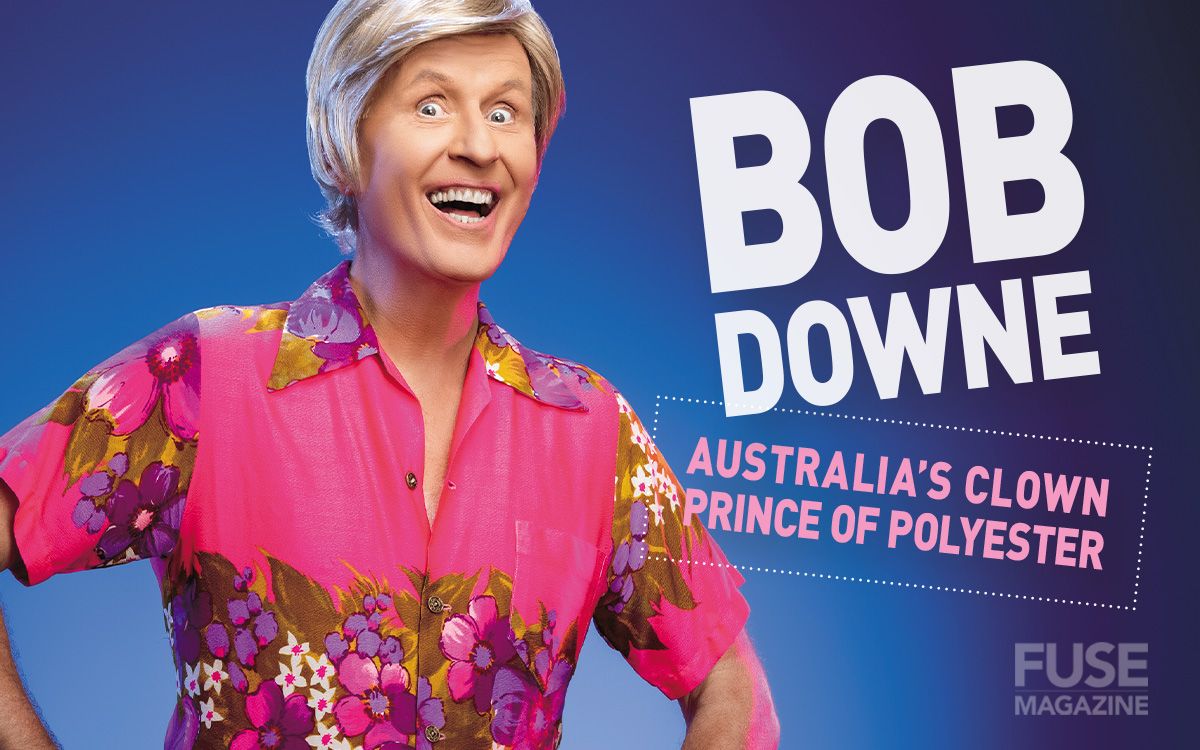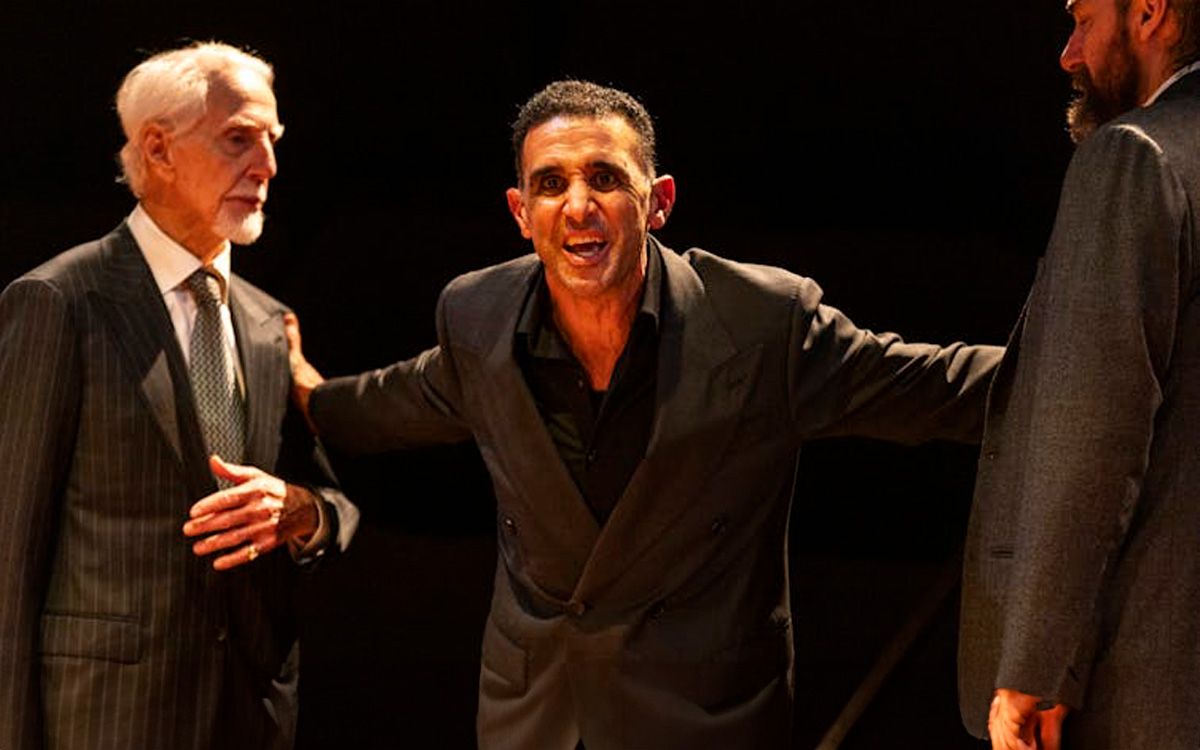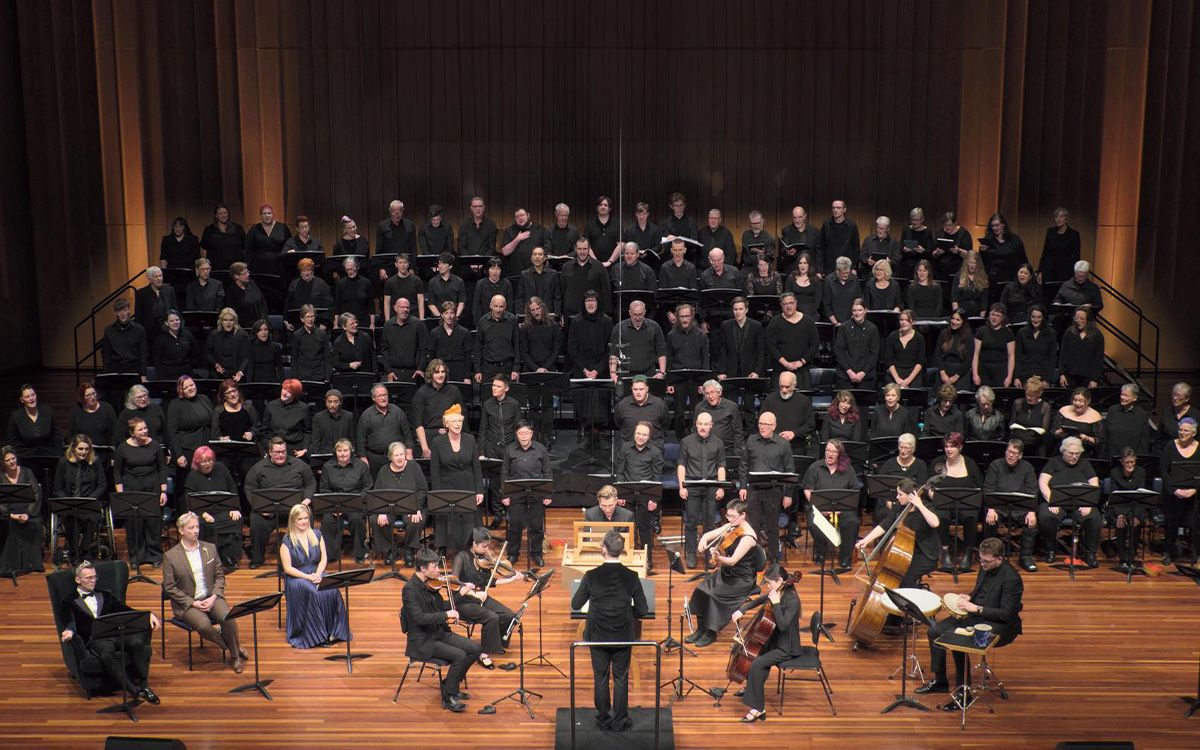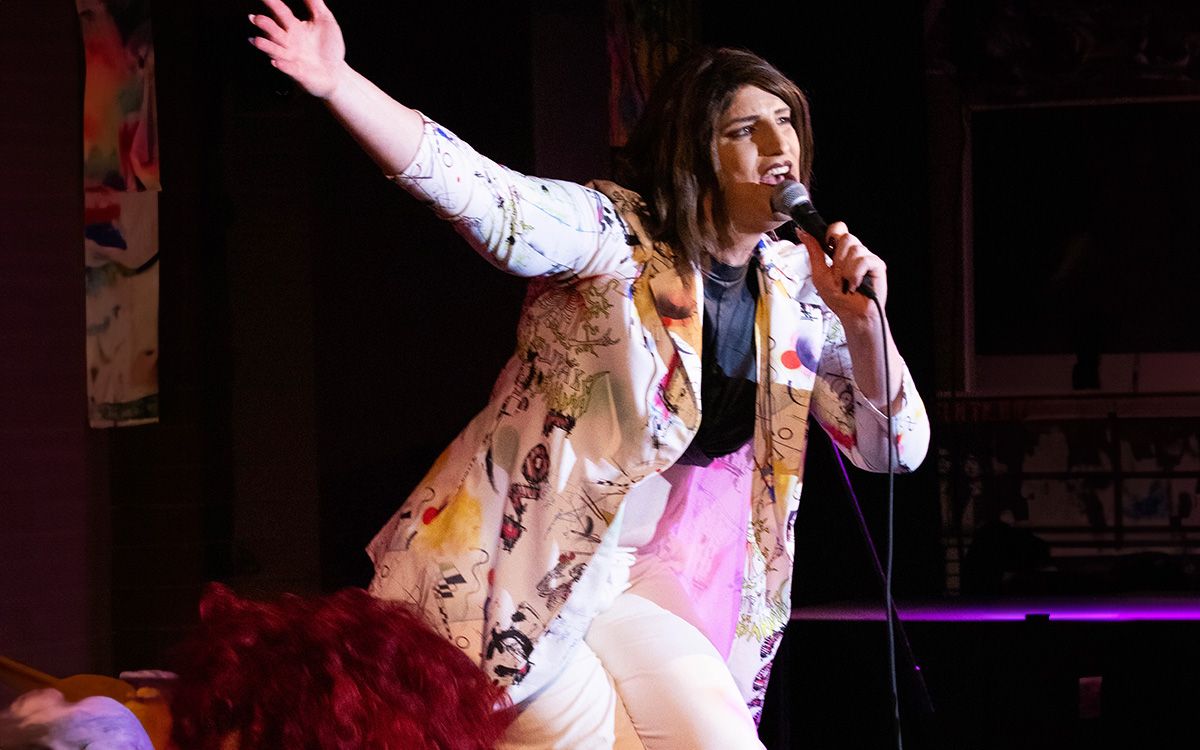Risk & Hidden Truths: Featherstone’s 'The Story of the Oars'
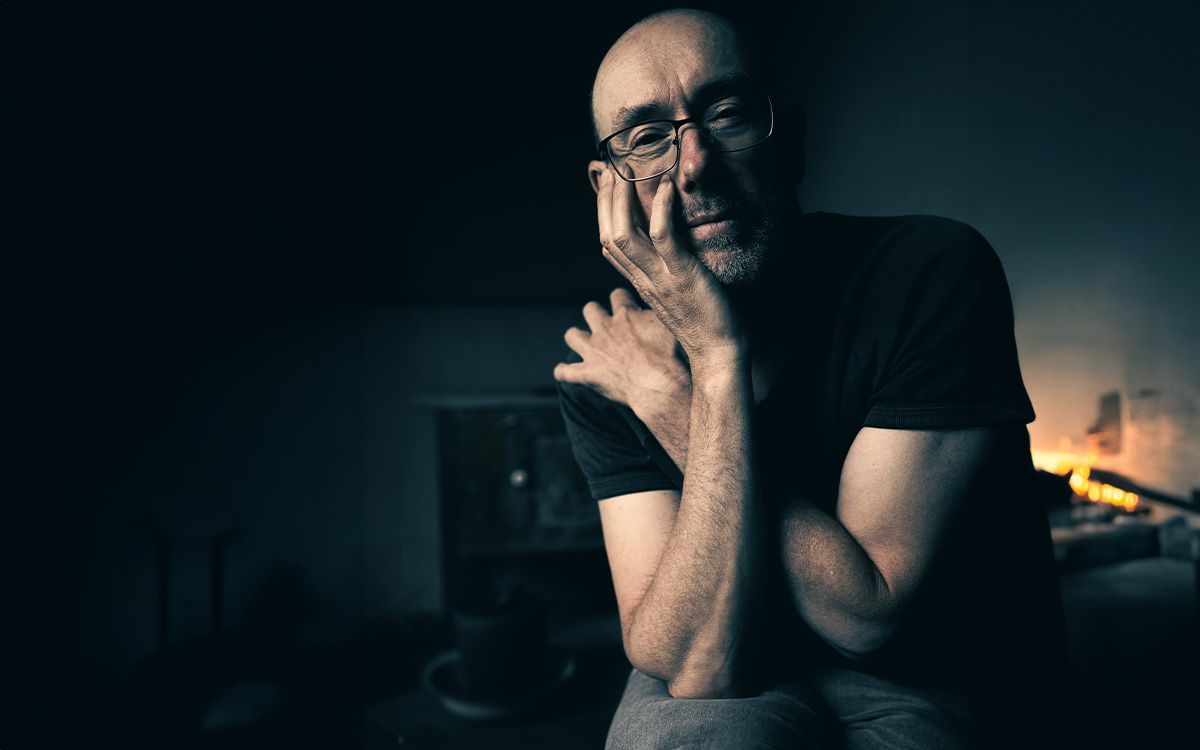
Ahead of the opening of his new play, The Story of the Oars at The Street, we chat to Nigel Featherstone as he reflects on his creative journey, the role of music in his latest work, and why storytelling must always be an act of courage.
Nigel Featherstone is a celebrated gay Australian novelist, playwright, librettist, and music maker, renowned for his emotionally rich writing and bold experimentation in form. His works traverse novels, short stories, stage plays, and spoken-word collaborations, all marked by a deep engagement with themes of family, masculinity, history, and queer experience. Nigel’s acclaimed novel, Bodies of Men, explored love between men against the backdrop of wartime Australia, earning award shortlistings and widespread praise for its compassionate portrayal of same-sex relationships in challenging times.
Featherstone’s creative career ranges from contemporary fiction collections like Joy and Remnants to innovative stage works such as The Weight of Light, a song cycle premiered in Canberra, and the new play The Story of the Oars with The Street Theatre. His writing has appeared in leading literary journals and newspapers across Australia and internationally, while he has also contributed to the growth of emerging writers as an editor and mentor. Living on the Southern Tablelands of New South Wales, Nigel continues to challenge boundaries, bringing together poetry, music, and theatre to tell deeply human stories of truth, hidden histories, and resilience.
FUSE : Hi Nigel, and thanks for taking some time to chat with us. Tell us a little about yourself and how you first found your way to writing.
NIGEL: In a nutshell, I’m a queer writer based in the beautiful and just a little eccentric NSW town of Goulburn, though I’ve been a part of the ACT region for over thirty years (Sydney before that). I’ve been writing – and reading, and engaging with a variety of art forms – for most of my life. I write to work out what I think, or because I’m angry or confused about something, or to explore ‘what ifs’, or to play, because I want play to be a part of my life until I drop off my perch.
You’ve written novels, libretti, and plays — how has your creative journey evolved across these different forms of storytelling?
I love to play, and I love to play with form; I’m not really hardwired to play by the rules. I started out writing poetry, but that shifted into short stories, then novels, then novellas, then the libretto for a song cycle (The Weight of Light), and now a play with music. As well as working on The Story of the Oars, recently I’ve gone back to short stories and poetry. It keeps me fresh and excited!

Louise Bennet, Sally Marett, Callum Doherty and Craig Alexander 'The Story of The Oars'Image by Novel Photographic
What role has your gay identity played in shaping the kinds of stories you tell, and how you tell them?
My gay identity informs everything I do, including my work as an artist. I’m not so much interested in boundaries, except stepping over them. I’m interested in insiders versus outsiders, which, I think, is something many queer people can relate to. I’m also interested in the grey areas, where life can get really interesting, especially from a story-telling point of view. And I’m interested in telling stories about people who take risks, who have a big truth they really want to share with the world but for whatever reason can’t find a way to do it. I’m interested in beauty, intimacy, warmth, love, and living wildly.
What inspired you to write your new play 'The Story of the Oars'?
For the last few years I’ve been very much interested in the truth, how it’s told, who gets to hear it, who gets to cover it up. Australia has never been very good at telling the truth – about queer lives, environmental damage, racism, gendered violence, military history, among others. And now there’s a US president who wouldn’t know the truth if it stood up in his soup and jabbed him in the eye with a rusty fork. So truth-telling is the core theme behind this work. I’ve also been getting more and more excited about the possibilities of live performance. For The Story of the Oars, how might we bring narrative and music together in a way that could break new ground?
Although set today the story also takes us back the 1980s and explores a tragedy marked by silence and secrets. Why where 80s important to your stor?
The Story of the Oars is deliberately set now, to encourage the audience to feel as though they are an integral part of the story, that they, too, are implicated. The narrative focusses heavily on an event from thirty years ago, which has been more or less hidden. Regardless of the era, I’m interested in how history influences the present, and how the present influences the future.
How much of this story is rooted in your own observations of Australian history, and how much came from imagination?
I think Australia, very slowly, and very reluctantly, has been forced to confront the bad things about its past, so I’ve weaved examples of those into The Story of the Oars. However, as a narrative, it’s entirely from my imagination, which allowed me to interrogate darkness in a way that is dramatic and human and accessible. That’s how I ended up with the premise: 'Somewhere on the east coast of Australia, summer: five teenagers, including three brothers, go for a sail on a famous disappearing lake; only one makes it home, and no bodies are found.
Thirty years later, with the lake now dry, Clocker and his son Tom, who have travelled across the Nullarbor, drop by...and all hell breaks loose.'
Your work explores intimacy, silence, and what lies beneath the surface. How does The Story of the Oars reflect a specifically queer aesthetic of storytelling?
I think it was the American author and social critic bel hooks who said that at its broadest queer means outsider, and I think she’s absolutely right. Most queer people have at some time felt like outsiders; I know I certainly have. So, that’s how I approach stories, especially in terms of developing characters who want to ‘break free’. Queer artists have also been very good at mixing forms, and creating spaces for people to belong and express themselves.

Callum Doherty and Craig Alexander 'The Story of The Oars' Image by Novel Photographic
The play is about truth-telling and repression — do you see parallels between these themes and the queer experience in 1980s Australia?
I was a teenager in the 1980s, and I can clearly remember having unignorable realisations about my sexuality while the NSW state parliament was debating whether or not to remove anti-gay legislation. As soon as it did so, AIDS/HIV arrived on Australia’s shores.
Although I wasn’t old enough to experience firsthand the tragic impact of AIDS/HIV, it certainly curtailed many of the things I wanted to do. So, I felt that repression in my blood and bones, and it frustrates me that we’re still coming to terms with certain elements of queer history e.g. the attitude of NSW Police towards gay-hate crimes. Although The Story of the Oars is not about those things specifically, it’s inspired by them.
In the play, the four characters – Clocker and Tom, and two women, Gail and Piera – must grapple with telling the truth and coping with the consequences.
How do you balance telling stories that are deeply personal or queer-focused while also reaching wider audiences?
You know, I just tell the stories I want to tell, that have a deep, even profound meaning for me, and tell them as honestly and powerfully as I can. That’s all I can ask of myself. I really do believe that if a story resonates deeply with me, in my guts, then it will resonate deeply with others.
In a way, the queer experience is everyone’s experience: how can we live freely? How can we be ourselves?
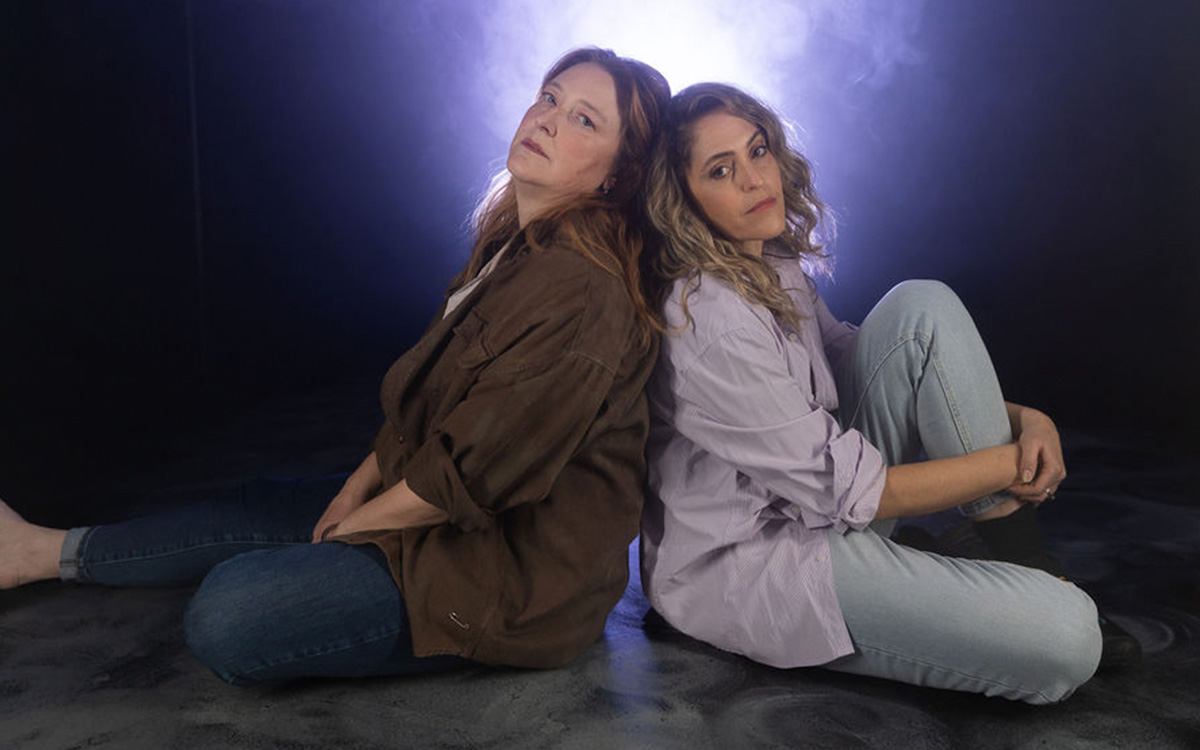
Louise Bennet and Sally Marett 'The Story of The Oars' Image by Novel Photographic
The play intertwines spoken-word poetry with music composed by Jay Cameron. How did the collaboration with Jay shape the work?
It was always my intention for The Story of the Oars to have beautiful music, and for the music to be an essential element of the storytelling and the world-building.
At a certain point I actually tried writing the music myself, because that’s something I like to do from time to time. ThenThe Street Theatre engaged Jay to arrange my music. He’s done such an extraordinary job with it, to the point the music is entirely his, and I’m very grateful for that. Our collaboration has been such a rewarding component of bringing The Story of the Oars to the stage. It wouldn’t be the same without him.
What did music allow you to explore in this play that words alone could not?
A key element of The Story of the Oars is the lake, which is inspired by, but not about, Weereewa. Jay’s work brings the lake to life, and it’s a life that’s not just beautiful – the lake can be powerful, vengeful, helpful, mean! The music also helps to explore and illuminate what’s really going on for Clocker, Tom, Gail, and Piera, especially in terms of what they’re thinking and feeling.
The play asks audiences to reflect on privilege, class, and accountability. Why were these themes urgent for you to explore now?
Thankfully, it seems Australia is starting to ask questions about privilege and class, and how those of us who’ve had the good fortune of privilege can be more accountable, and also to share the world with as many people as possible. So I’ve wanted to explore the constraints and possibilities on the stage. I’ve always wanted to tell stories that move people – entertainment is a very good thing! – but I’ve also always wanted my work to have a political purpose.
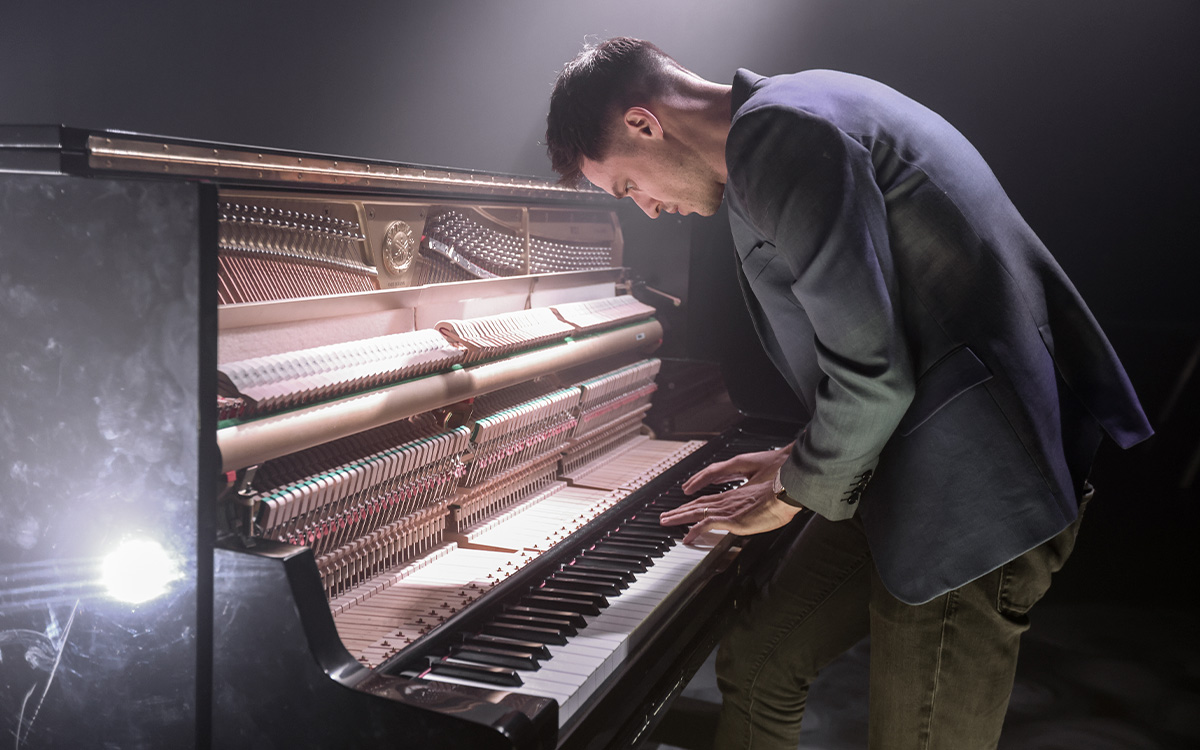
Jay Cameron 'The Story of The Oars' Image by Novel Photographic
What do you hope audiences, in particular, will take away from this work?
On one level, if audiences are simply entertained, I’d be very happy.
On another level, I’d love people to experience how stories and live music can be brought together in a way that feels fresh.
On a third level, if during the weeks and months after the show, people start to reflect on the truth and its implications, then that would be great too.
But if all people are looking for is a work that’s warm and inviting and beautiful and intimate and fresh and just a little risky, then this is for them!
The Story of the Oars

The Story of the Oars is showing at The Street Theatre Friday 19 - Saturday 20 September, 7:30pm and Sunday 21 September, 4pm.
Featuring: Craig Alexander, Louise Bennet, Sally Marett Callum Doherty with musician Jay Cameron
Director: Shelly Higgs
Lighting Designer: Veronique Benett
Costume Designer: Leah Ridley
A Street Produced Professional Theatre Production
More about Nigel Featherstone on his website at: nigelfeatherstone.com.au



